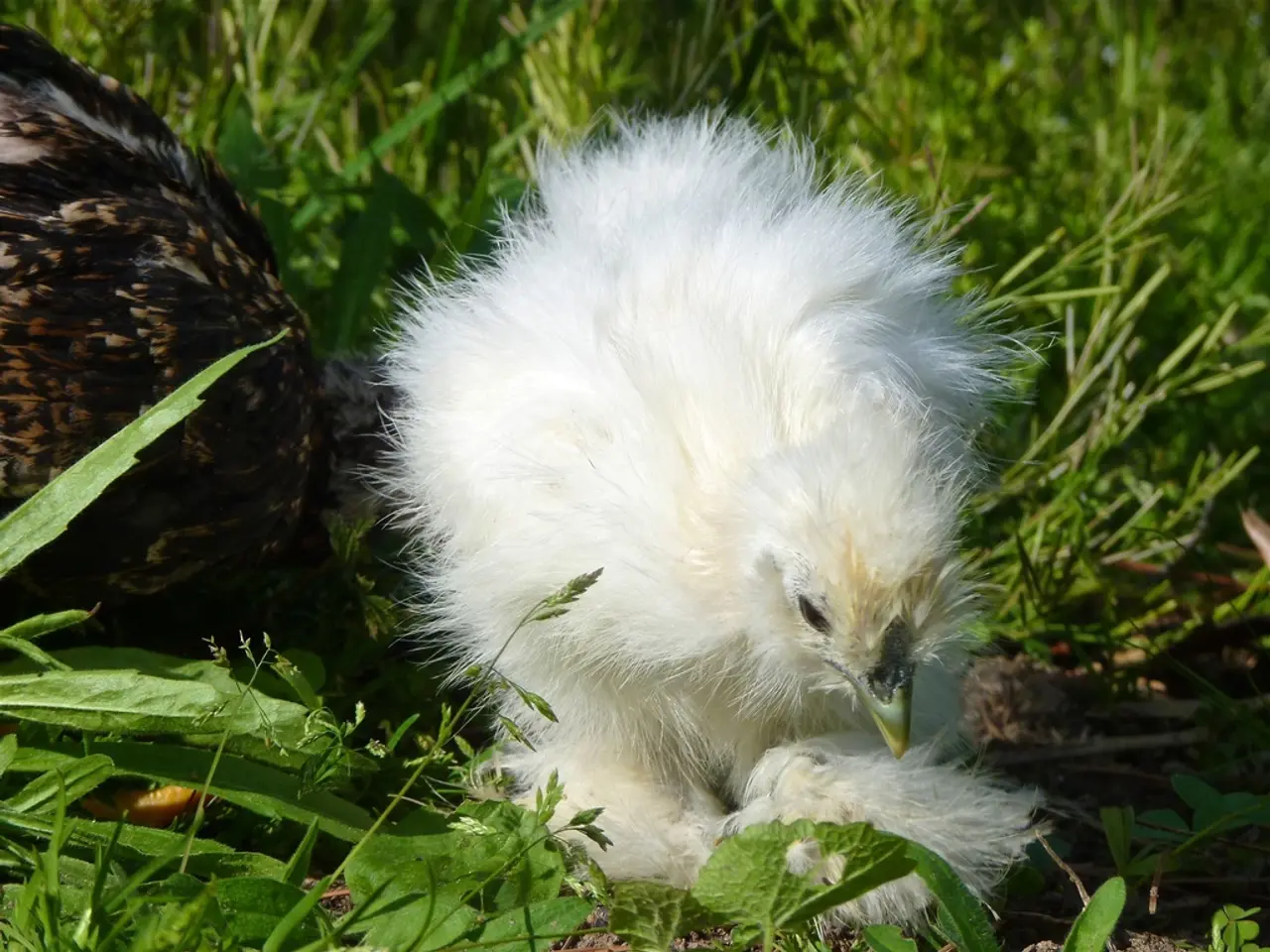India's initiative towards biofuel production affects earnings of poultry farmers
India's push for ethanol blending as part of its biofuel program has led to a significant increase in maize cultivation and prices, benefiting farmers but creating concerns for small poultry farmers.
Maize, a key feedstock in India's biofuel production, now accounts for about a third of the total maize grown in the country. This surge in demand has put upward pressure on maize prices due to greater demand from ethanol producers, increasing feed costs for small poultry farmers.
The biofuel program, while stimulating rural incomes by channeling payments to farmers for feedstock crops like maize and sugarcane, has raised controversy due to its focus on first-generation ethanol made from food crops. This focus on food-based biofuels has diverted food supplies towards fuel, contributing to food-versus-fuel conflicts.
Small poultry farmers, who traditionally rely heavily on maize as a feed ingredient, are feeling the pinch. Reports suggest that farmers growing other protein sources such as soybean are disadvantaged because soybeans see less cultivation due to the attractiveness of ethanol-supported maize cultivation.
The government's biofuel policy currently emphasizes first-generation biofuels from food crops rather than scaling up second-generation biofuels made from crop waste. This prolongs food-fuel competition issues and hinders a shift away from food-based biofuels.
Experts suggest that new biofuel technologies, such as second-generation (2G) ethanol, could reduce the strain on food systems and help India meet its blending targets without compromising food security or land-use change. If 2G ethanol becomes commercially viable, it could provide a sustainable solution to the current challenges faced by small poultry farmers.
The increase in ethanol production is impacting millions of small poultry farmers who rely on maize to raise their birds. The small farmers, who have limited capacity to absorb price shocks, may face the brunt of rising costs and potentially be forced out of business.
The Indian government aims to have every litre of petrol sold across the country contain 20% ethanol fuel by the end of 2025. However, the government could encourage the shift to 2G ethanol by limiting the land and water footprint of ethanol production and offering a clearer definition of what counts as "sustainable ethanol."
Meeting the 20% ethanol target will require diverting land roughly seven times the size of New York City to grow enough biofuel crops, according to an analysis from CSTEP. The increase in the price of maize feed is attributed to India's fast-expanding biofuel program, which has led to increased competition for maize.
Poultry farmers and feed manufacturers are urging the Indian government to increase maize cultivation and restrict its use in ethanol production. In the small town of Ghazipur, along the Ganges river in north India, a 40% increase in the price of feed has led to a decrease in the number of eggs hatched by free-range hens.
Between 2014 and 2024, the blending of ethanol fuel with petrol saved India about 1.06 trillion rupees (US$12.37 billion) in crude oil import costs, according to Indian government data. Despite the savings, the impact on small poultry farmers cannot be ignored.
As India continues to expand its biofuel program, finding a balance between energy goals and food security will be crucial. The shift towards sustainable 2G ethanol production could provide a solution, reducing the strain on food systems and supporting small poultry farmers.
- The rise in ethanol production due to India's biofuel program, primarily from maize, has led to an increase in maize prices, making feed costs steep for small poultry farmers.
- The focus on first-generation ethanol made from food crops in India's biofuel policy has contributed to food-versus-fuel conflicts and diverted food supplies towards fuel, impacting small poultry farmers.
- Experts suggest that a shift towards second-generation (2G) ethanol, which is made from crop waste and could reduce the strain on food systems, could provide a solution to the challenges faced by small poultry farmers and contribute to a healthier balance between energy goals and food security in India.




